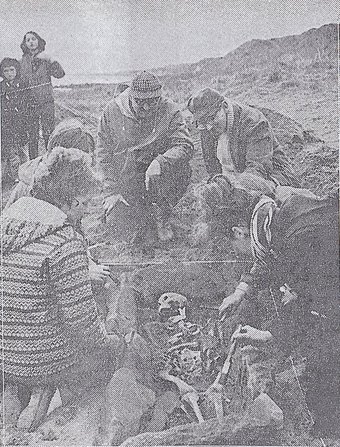
Experts were called in and were keen for excavation work to be done before the busy summer season. So, during the Easter holiday period, a dig was carried out by Aberdeen College and Aberdeen University. The East Fife Mail of 21 April 1965 reported that 22 diggers were working at the site and that...
"The site proved to be of great interest - more so than the diggers expected. The major discovery was a pair of long cairns linked by a paved and kerbed area, a type of structure that's unusual in the Iron Age."
At the time of the dig, the burial site was thought to be between 1,500 and 2,000 years old but there was debate as to whether this was an Iron Age or Bronze Age burial place. Months of analysis of the finds would follow - more on the findings in the next post.
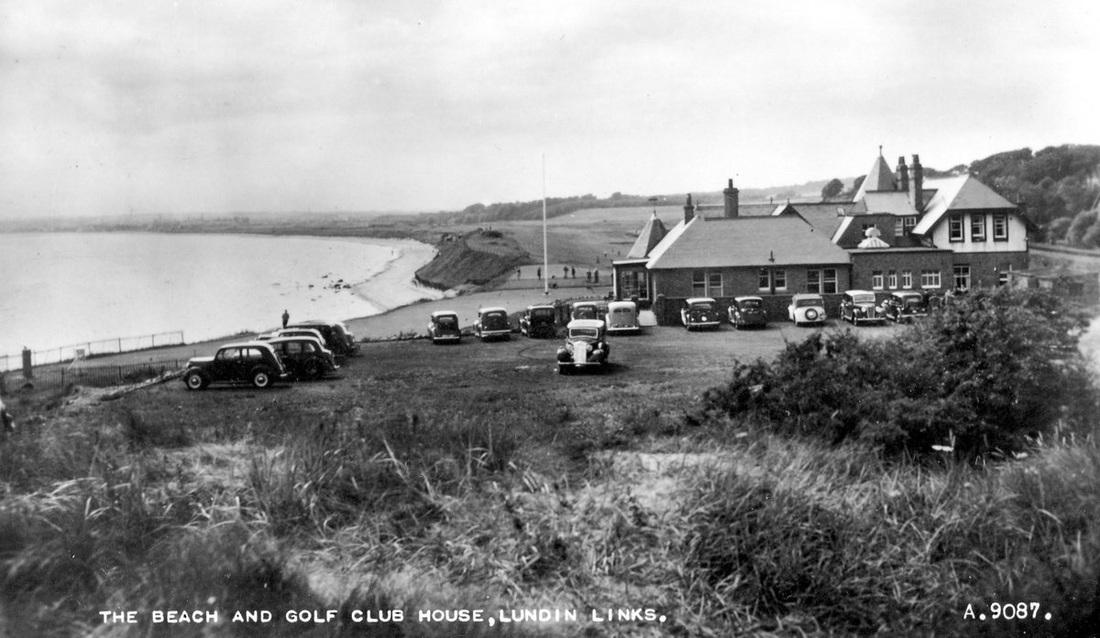
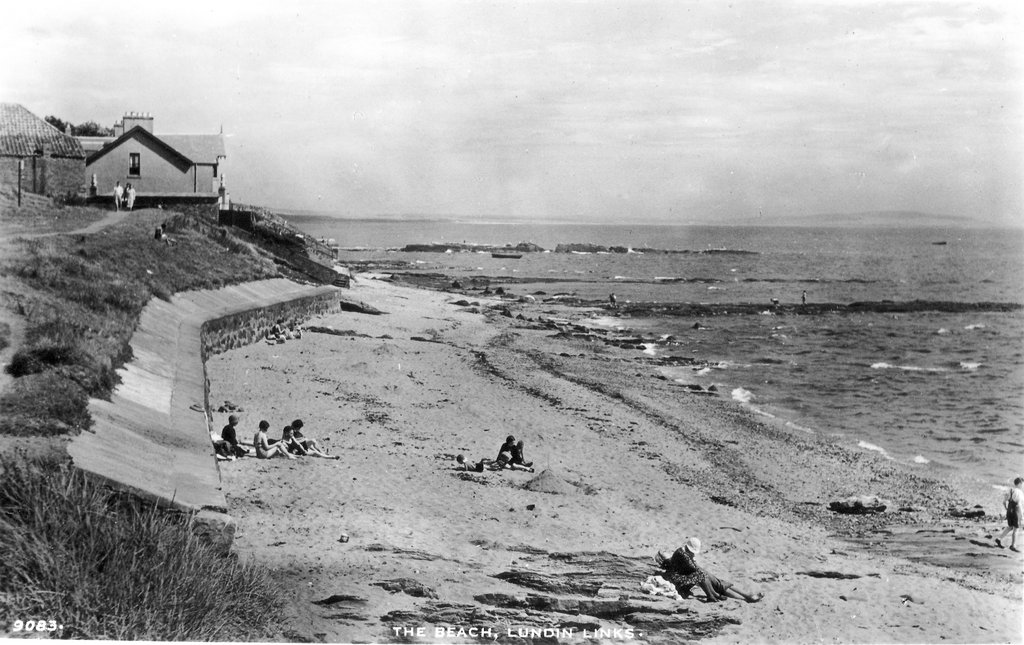
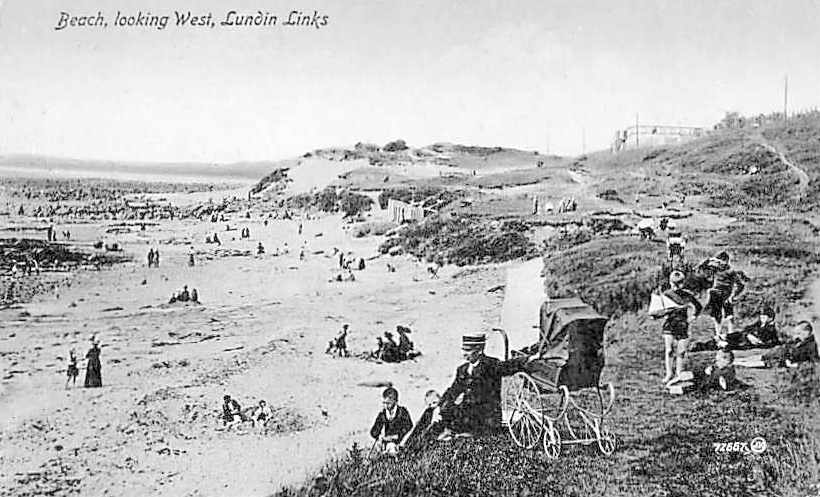
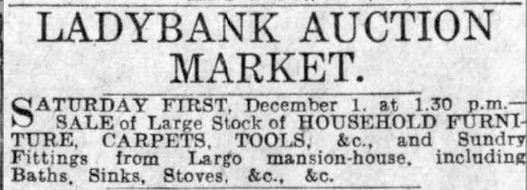


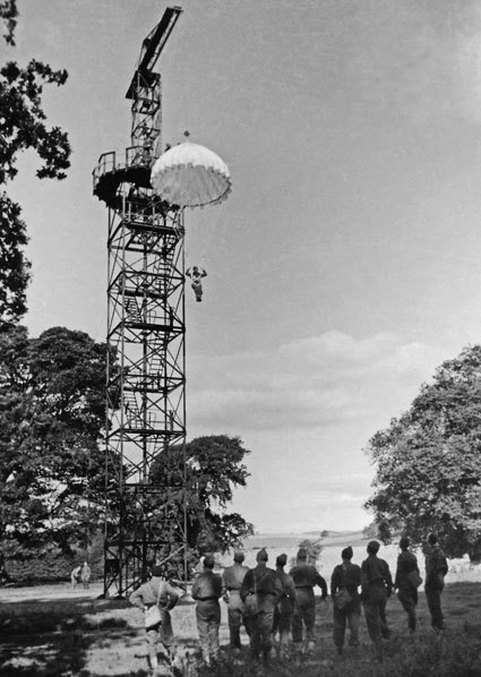


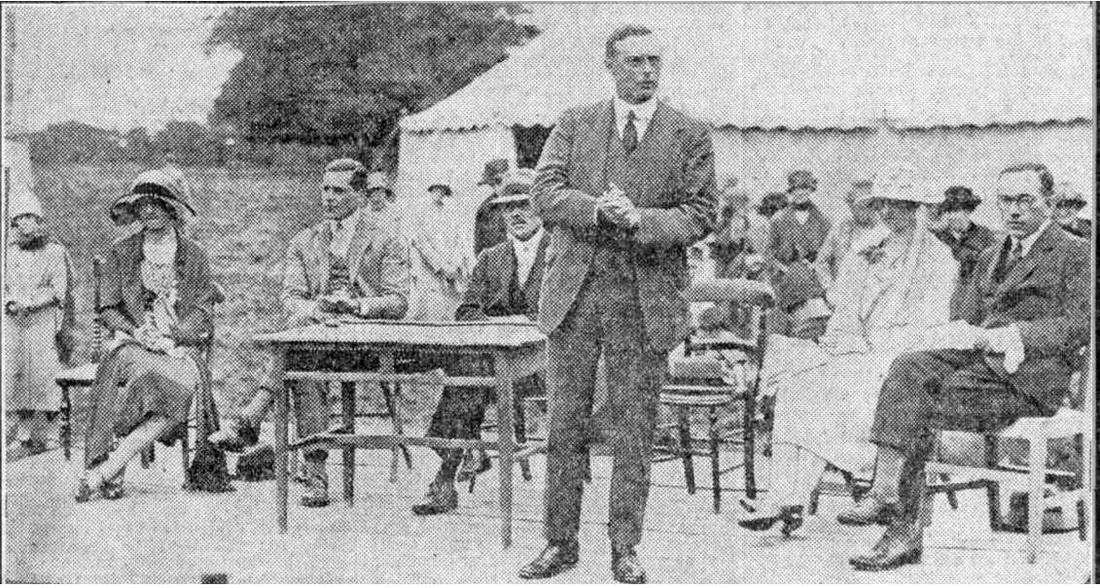
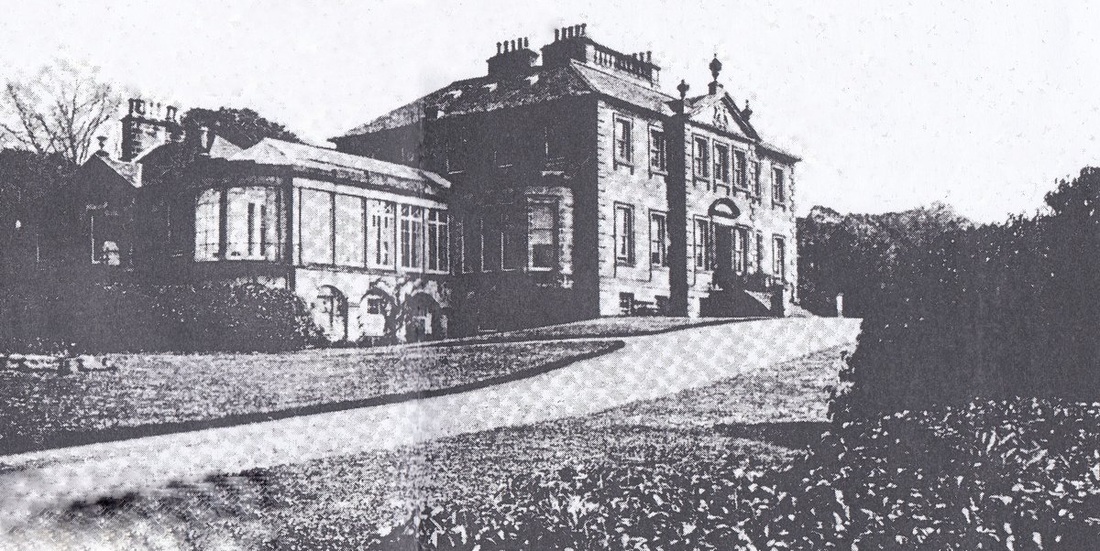

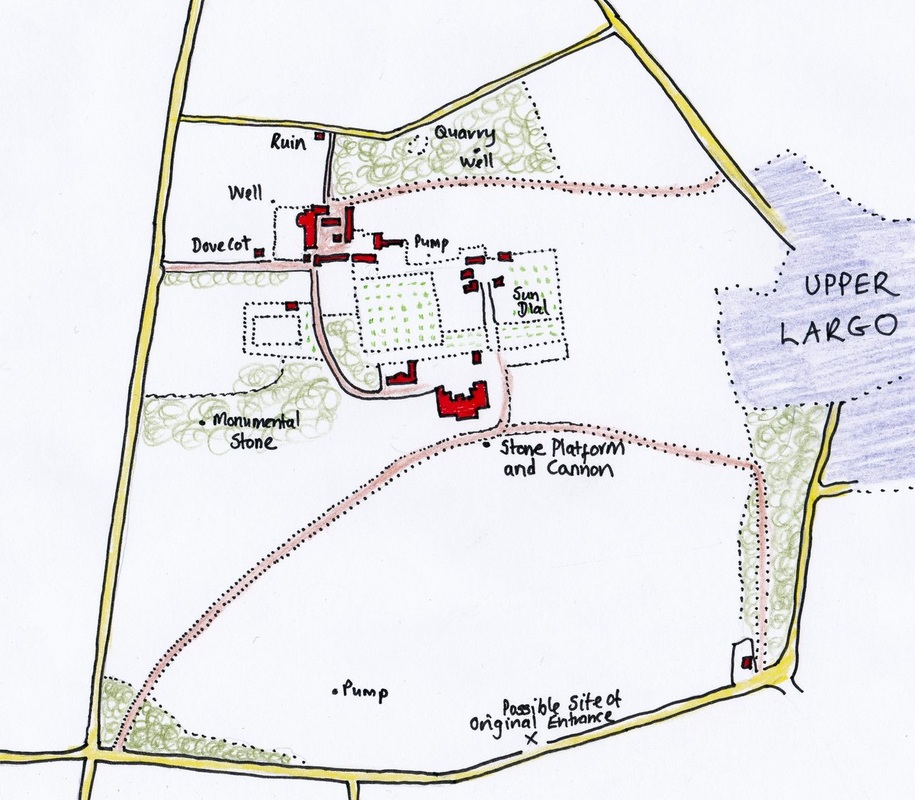


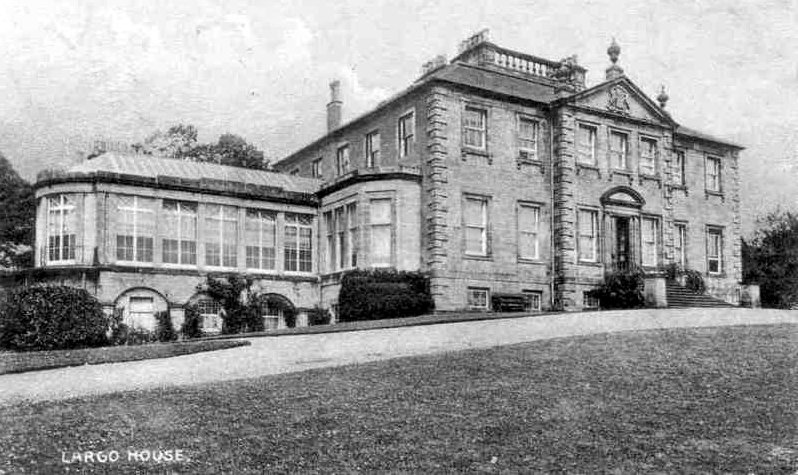
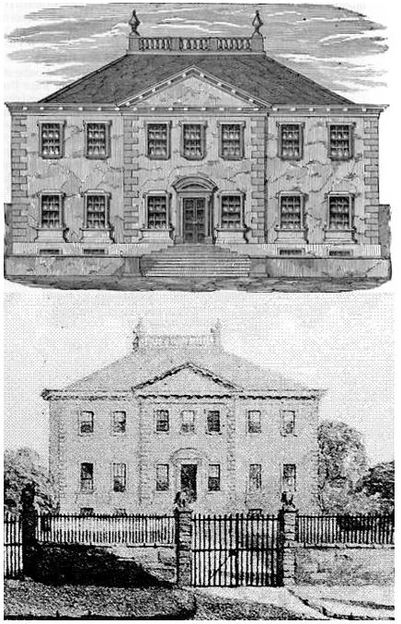


 RSS Feed
RSS Feed
